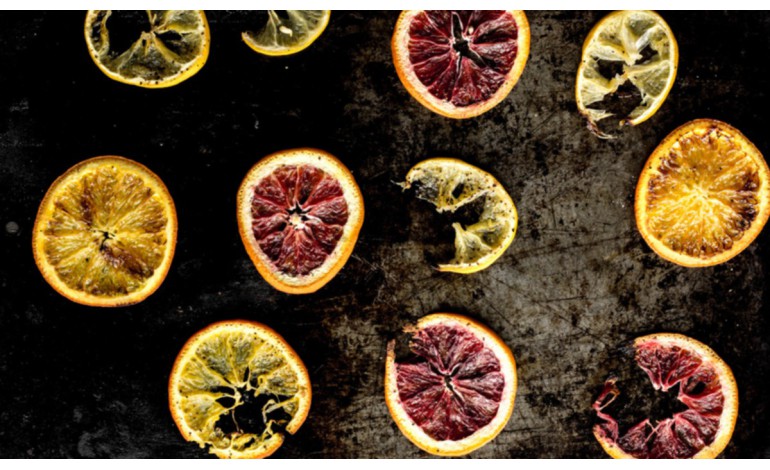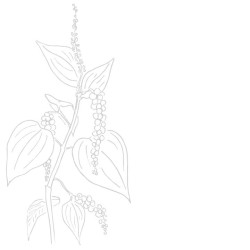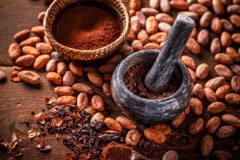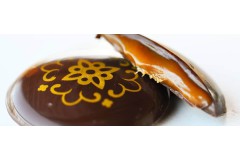Did you know that there is a common point between citrus fruits and certain peppers that we find on our plates? This link perfectly explains why some peppers deliver such or such fragrances of lemon, tangerine or grapefruit! Before discovering the reason, let us look at the different families of peppers.
Peppers represent a general botanical family: piperaceae containing more than 50 genres. Only a few are found in our kitchens while others can have therapeutic uses such as Piper Betle, Bétel (not to be confused with Bétel nuts, fruit of a palm, which is a drug) and D 'Others who have no culinary use.
Inside this family, therefore, there are different genres, the best known of which is that of Piper Nigrum . It is the most common pepper found in different forms: green, white, black or red pepper depending on the degree of maturity and treatment like white pepper which is a black pepper from which we remove "the skin" (the pericarp) Botanically, it is a liana that needs a tutor to push. (Tree or tutor planted by man) The peppercovers are harvested along this liana.
Depending on the terroirs we will find for example the pepper of Tellichery (India), the pepper of Malabar (India), Sarawak pepper (Malaysia), kampot pepper (Cambodia), pepper of Madagascar , pepper of Penja (Cameroon) Pepper of phu < /Strong> (Vietnam) etc ..
Other genres of piperaceae are a little less known, they represent the tail peppers. We will find the Borbonense Piper like wild pepper Voatsiperifery de Madagascar or the piper cubeba (cubèbe pepper from Southeast Asia) Finally Piper Longum < /Strong> is also a kind of the Piperaceae family, sold in the trade under the name of long pepper.
All these peppers are commonly called real peppers and they have nothing to do with citrus fruits.
With the recent craze for peppers, we discover in our shops new peppers such as the pepper of Timut , the pepper of Sichuan , pepper fifies , Pepper Sansho , etc ... These do not quite represent peppers. They have a shape of an exploded bay, separating into small lobes. To taste, these berries have a spice that recalls pepper with a frank citrus note. These citrus aromas vary from an entire palette that can go through grapefruit, cedrat, lemon, lemongrass to tangerine! This variation is due to the variety of the plant and the terroir in which it grows.
Otherwise we look at a botanical point, it is a bush tree 3 to 5m high that will give berries that strangely resemble tiny citrus. The reason is very simple:
All these peppers belong to the genre of zanthoxylum which itself belongs to the large family of rutaceaes . And the Rutaceaes are simply the citrus family!
Sometimes named "false point", the majority of these peppers that you will find will remind you of citrus fruits because they are simply cousins botanically.
Tastily,
max Daumin









